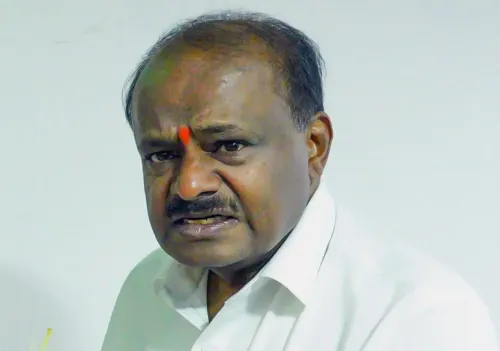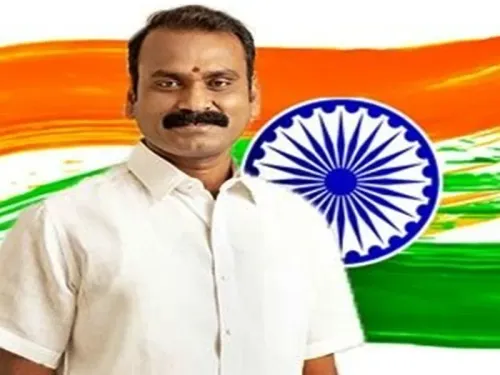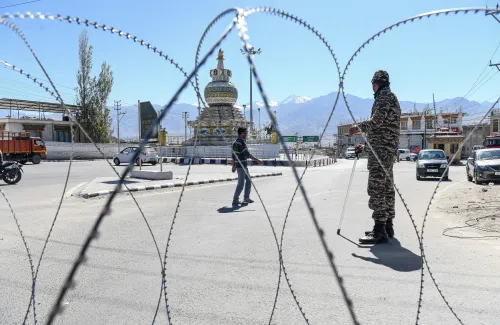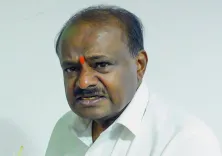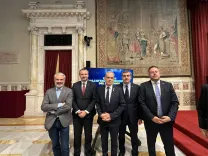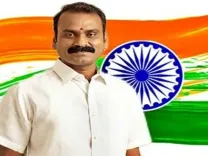Is India Leading the Way in Regulating Tobacco Depiction in Films and TV? Anupriya Patel
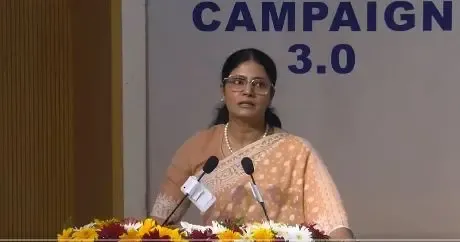
Synopsis
Key Takeaways
- India is a global leader in regulating tobacco depiction in media.
- Strict bans on tobacco advertising and sales to minors are in place.
- The Tobacco Free Youth Campaign empowers young people against tobacco use.
- Health warnings on tobacco packaging are mandated.
- Electronic cigarettes are prohibited to protect youth.
New Delhi, Oct 9 (NationPress) India is at the forefront globally in regulating tobacco portrayal across films and television, in addition to promoting anti-tobacco messages, stated Union Minister of State for Health and Family Welfare, Anupriya Patel, on Thursday.
During the launch of the third edition of the Tobacco Free Youth Campaign 3.0, Patel underscored the government's ongoing efforts to shield citizens from tobacco-related health risks.
“India has pioneered the regulation of tobacco representation in films, television, and online media, ensuring that health warnings and anti-tobacco messages reach varied audiences. To further mitigate tobacco's influence, all forms of tobacco advertising, promotion, and sponsorship are strictly banned -- including those for electronic cigarettes,” the MoS remarked.
“Large pictorial health warnings have also been mandated on all tobacco packaging, a measure recognized globally as one of the most effective,” she added.
Moreover, “the sale of tobacco products to individuals under 18 and within 100 yards of educational establishments is strictly prohibited. The production, sale, transport, and storage of electronic cigarettes is also entirely banned across the nation,” Patel emphasized.
Initiated in 2023, the Tobacco Free Youth Campaign aims to safeguard young individuals from the perils of tobacco and nicotine.
Patel stressed that “the objective of the campaign is not merely to elevate awareness but to empower our youth -- enabling them to resist peer pressure, make informed decisions, and become advocates for a tobacco-free and addiction-free lifestyle.”
Patel remarked that “tobacco use presents a significant public health challenge, with children being particularly vulnerable to early experimentation with tobacco products such as cigarettes, bidis, and smokeless tobacco, leading to lifelong addiction, chronic illnesses, and even premature fatalities.”
Punya Salila Srivastava noted that nearly 65 percent of India's population consists of young individuals who are at risk of tobacco use.
She informed that the Union Government has also ratified the WHO Framework Convention on Tobacco Control and implemented stringent tobacco control laws like the Prohibition of Electronic Cigarettes Act, 2019, to manage tobacco use and safeguard the health and wellbeing of India’s youth.
The Union Health Secretary highlighted that the Global Tobacco Survey has acknowledged the government’s initiatives in reducing tobacco consumption among the populace.
“The goal is to further enhance tobacco control initiatives through capacity building efforts and the involvement of Jan Andolan,” she stated.
This campaign marks a pivotal advancement in India's tobacco control endeavors, aimed at preventing young individuals from starting tobacco use and supporting those wishing to quit.
This year's extensive 60-day campaign introduces innovative strategies while reinforcing existing frameworks to promote a tobacco-free lifestyle among the youth across India.

